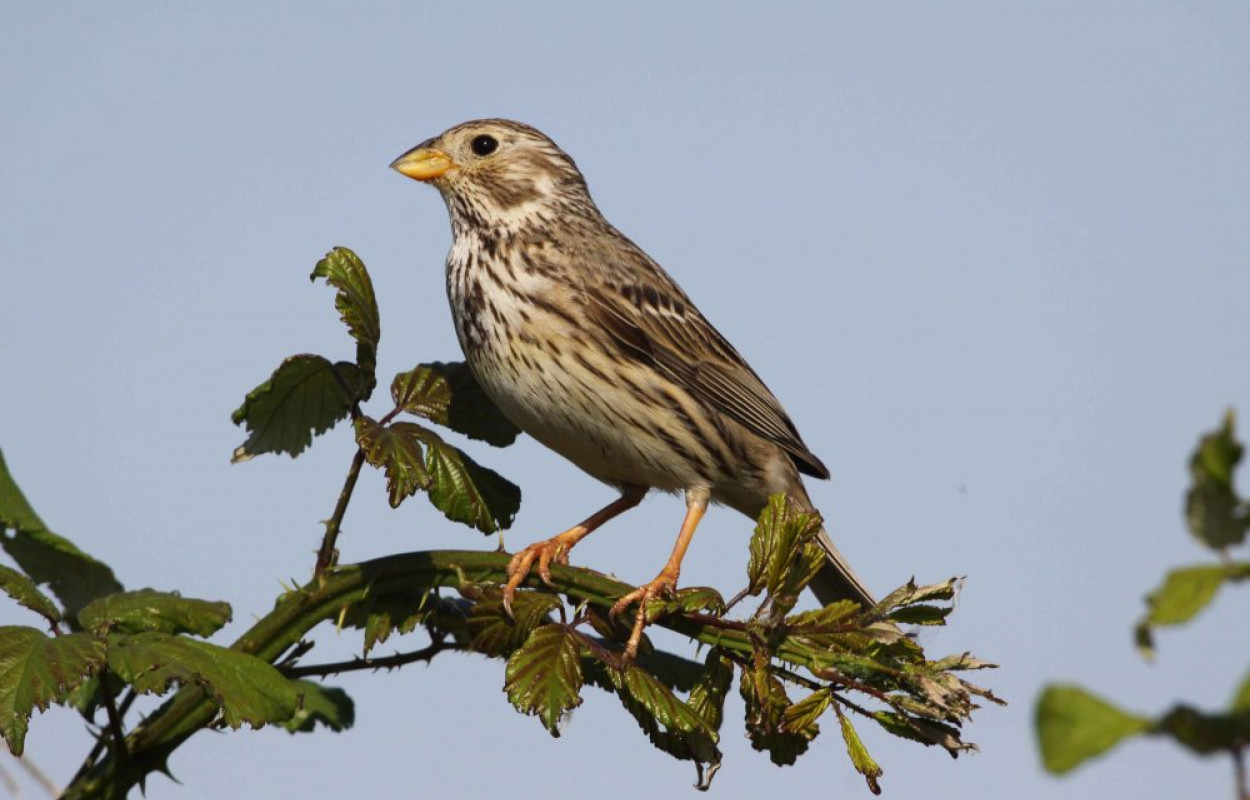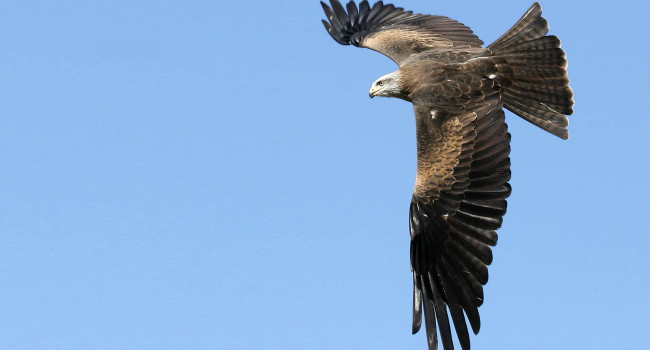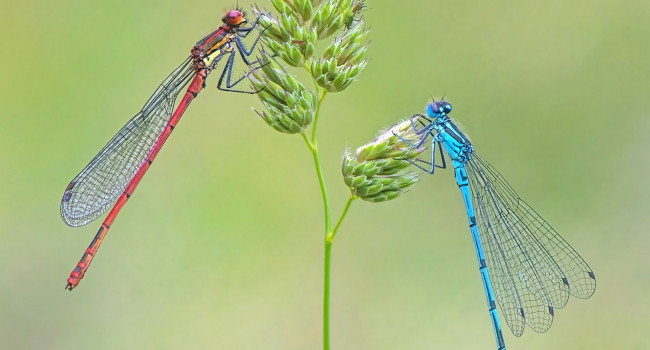Directionality of recent bird distribution shifts and climate change in Great Britain

Author(s): Gillings, S., Balmer, D.E. & Fuller, R.J.
Published: January 2015
Journal: Global Change Biology Volume: 21
Digital Identifier No. (DOI): 10.1111/gcb.12823
New research by the BTO has used detailed distribution maps of 122 species of bird to measure the ways that climate change could be affecting our avian populations. Species distributions were found to have changed, but the range shifts detected could not be explained by any single climatic factor, indicating that the distribution changes for British birds are complex, multi-directional and species specific.
New research by the BTO has used detailed distribution maps of 122 bird species, drawn from breeding bird atlases two decades apart, to measure the complex ways that climate change could be affecting our bird populations. Atlas data are collected in a standardised manner by thousands of volunteer bird surveyors, providing a unique barometer of the impacts of environmental change on this one component of British biodiversity.
From the early 1980s to the early 2000s, temperatures in spring and summer increased, which should have pushed species to the northwest if this aspect of climate is key to their success, whilst higher temperatures in winter should have pushed them to the north and northeast. In contrast, if spring rainfall is critical to species, they should have been pushed to the west. Analyses looking at how bird distributions had actually changed over this period found that birds had indeed shifted to the north, on average by 13.5 km, which continued a trend seen in previous decades. However, more than a quarter of species had also extended their ranges to the northwest and northeast, while almost half had retreated from southerly directions. The ranges of a few species such as Greylag Goose and Great Tit had extended in all directions while others like Lesser Spotted Woodpecker and Corn Bunting had retreated from all directions. Overall the range shifts could not be explained by any single climatic factor, indicating that the distribution changes for British birds are complex, multi-directional and species specific.
The impact the arrival of species new to particular areas will have on existing biodiversity is not yet clear. As some species are not shifting their ranges as fast as others, or moving in the same direction, the bird communities of the future could be very different from those seen today. There is still much to learn if we are to manage the impacts of anthropogenic climate change on our wildlife, and studies such as these will help policymakers to adopt conservation and land management strategies that effectively assist species survival.
Abstract
Which directions are Britain’s breeding birds shifting to chase the changing climate?
Understanding how the distributions of organisms change through time requires large volumes of accurate data collected over long periods – something BTO has in abundance thanks to the dedicated participants supporting three atlases of breeding birds. BTO and its partners recently completed Bird Atlas 2007–11, which reveals how the distributions of over 200 breeding birds have changed since the last atlas in 1988–91. To the casual reader, northward range extensions of Nuthatch and Goldfinch are prominent. But so too are the eastward spread of the Buzzard and the disappearance of Green Woodpeckers from the west. Are these also evidence of climate change impacts or should we discount them because they don’t follow the typical north-south trajectory and are caused by other factors?
A comprehensive assessment of range shifts
This study set out to test the evidence for range shifts in all directions to put the well-documented poleward shifts into context. This was achieved by identifying which grid squares formed the range margin in 1988-91 and in 2008-11 and then looking at those squares which were furthest north, east, south, west (and other intermediate directions), to examine how far those margins changed location through time. For this analysis only the data from timed visits were used, giving added confidence that any changes detected are real and not artefacts of changes in recording effort between the two breeding atlases (a major criticism of previous work).
Not just north
The study’s main finding was that bird distributions were changing on many fronts. Of the 122 species tested, all but six showed evidence of change along part of their range boundary. Three species exhibited range extensions in all directions and 11 underwent range retractions in all directions studied. Critically, there was stronger evidence for range shifts in north-easterly and north-westerly directions than in a strictly northerly direction. There was also evidence for range retractions from a spectrum of southerly directions after controlling for overall changes in range size.
Climatic drivers?
To put these changes in context, climate data for the same period were analysed to see in which directions the climate has changed, and how birds might be expected to respond within the constraints of our coastline. Birds responding to changing spring, summer or winter temperatures should have shifted north-north-west, whereas for spring and summer rainfall, the best direction to shift depended where within the country a species was shifting from. Overall, British bird range shifts were not accounted for by changes in either temperature or precipitation alone.
Individualistic, multidirectional responses
The results show that characterising climate impacts as simple north-south shifts is an over-simplification. Previous work has highlighted how species vary in their ability to keep pace with the changing climate, with the result that species currently found together may drift apart. The results indicate this is even more likely if they drift in different directions, so interactions among species may change and management for particular suites of species may no longer be effective. Landscape adaptation policies aiming to provide more and better connected habitats should consider whether species need to spread in multiple directions to track their preferred climate space.
Notes
This work was funded under BTO's Beyond the maps appeal through generous donations from BTO supporters and charitable trusts.









Share this page